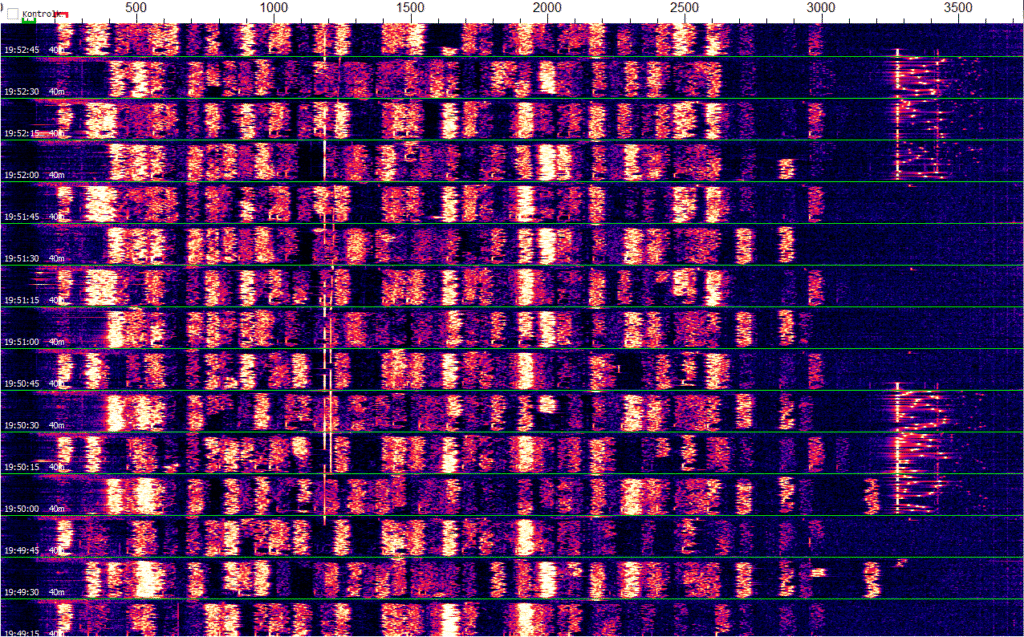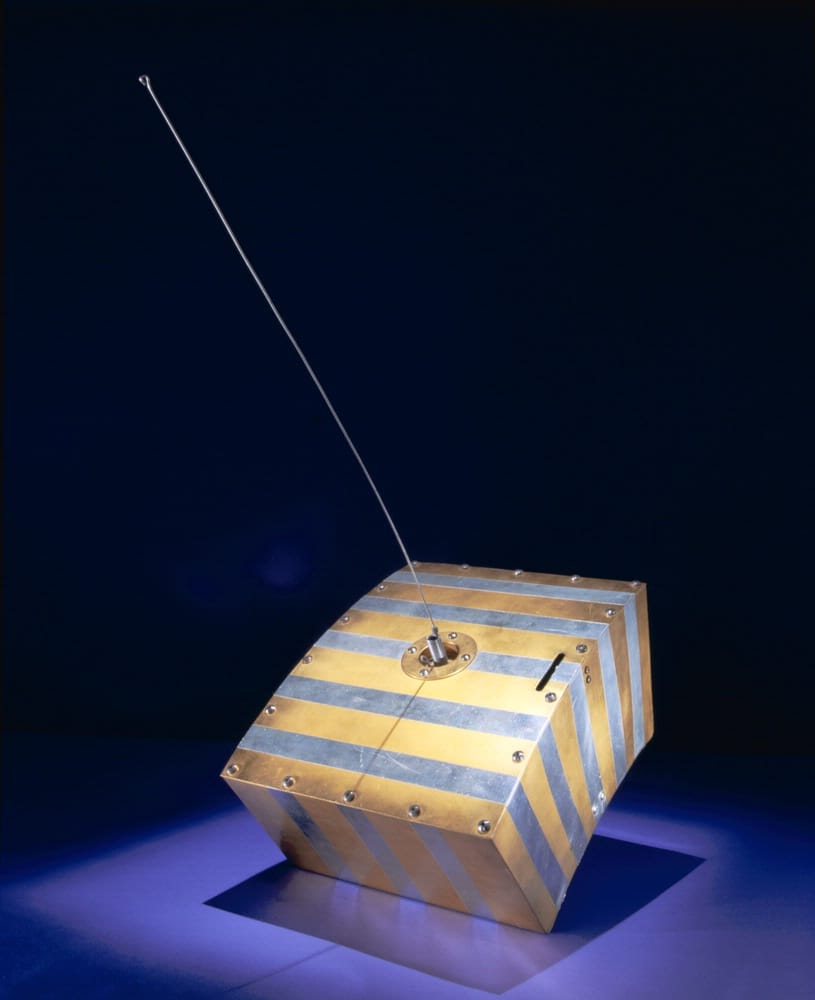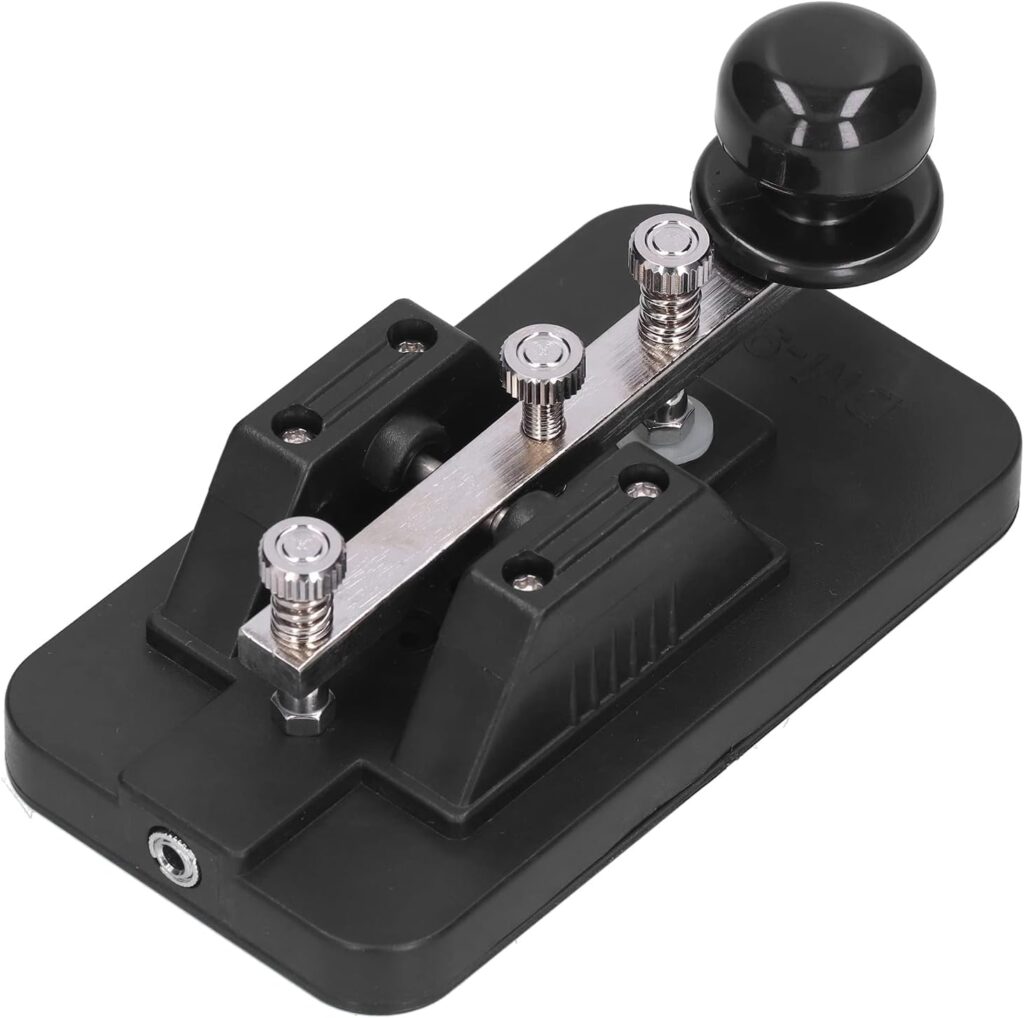
A Legacy Born from Innovation
The Radio Society of Great Britain (RSGB) stands as one of the world’s oldest and most influential amateur radio organisations, with a history spanning over a century of technological advancement and community building. Founded in 1913 as the London Wireless Club, the organisation emerged during the pioneering days of wireless communication, when radio was still a mysterious new technology capturing the imagination of experimenters across Britain.
The society’s transformation from the London Wireless Club to the Radio Society of Great Britain reflected its growing national influence and the expanding amateur radio community. Throughout the early 20th century, the RSGB played a crucial role in establishing the foundations of amateur radio in the United Kingdom, advocating for radio amateurs’ rights and helping to shape the regulatory framework that would govern the hobby for generations.
During both World Wars, the RSGB and its members demonstrated their strategic importance to national communications infrastructure. Amateur radio operators provided vital emergency communications capabilities and many served as wireless operators in military service, their pre-war experience proving invaluable to the war effort. This period established amateur radio’s reputation as both a technical hobby and a source of skilled communicators in times of national need.
Post-War Growth and Modernisation
The post-war era brought unprecedented growth to amateur radio in Britain. The RSGB adapted to serve an expanding membership, introducing new services and publications to meet the evolving needs of radio amateurs. The society became instrumental in frequency coordination, technical standards development, and international amateur radio relations through organizations like the International Amateur Radio Union (IARU).
As technology evolved from valve-based equipment through transistors to modern digital communications, the RSGB remained at the forefront of technical education and standards development. The organisation helped British amateurs navigate the transition from traditional CW and phone operations to include new modes like packet radio, digital signal processing, and eventually internet-enhanced amateur radio technologies.
The Modern RSGB: Comprehensive Services for Today’s Amateurs
Today’s RSGB operates as the UK’s national amateur radio society, serving thousands of members through a comprehensive range of services designed to support every aspect of the amateur radio experience. The organization serves as the UK national amateur radio organization providing GB2RS News, RadCom, Clubs, Education, Forums and much more.
RadCom: The Flagship Publication
At the heart of RSGB membership benefits lies RadCom, the RSGB members’ magazine sent free every month to members of the Society, which has the largest amateur radio readership in the UK and is respected throughout the world. This monthly publication delivers cutting-edge technical articles, equipment reviews, construction projects, and news from across the amateur radio spectrum. RadCom has maintained its position as one of the premier amateur radio magazines globally, consistently delivering content that ranges from beginner-friendly tutorials to advanced technical discussions.
Complementing the main magazine is RadCom Basics, a digital supplement to RadCom for Members new to the hobby or who just want to refresh their knowledge of key areas at the core of amateur radio. This resource bridges the gap between newcomers and experienced operators, ensuring that fundamental knowledge remains accessible to all members.
Licensing and Education Services
The RSGB plays a vital role in amateur radio education and licensing support. The organization maintains comprehensive resources for all three UK licence levels: Foundation, Intermediate, and Full. Through affiliated clubs and training organizations across the country, the RSGB facilitates access to amateur radio education, helping thousands of new amateurs enter the hobby each year.
The society provides guidance on Ofcom’s licensing processes, including information about online licensing portals and renewal procedures. This support is particularly valuable given the complexity of modern amateur radio regulations and the technical requirements for different licence classes.
Technical Standards and Band Planning
The RSGB continues its historic role in technical standards development and frequency coordination. The organization publishes annual band plans that incorporate VHF and UHF changes in response to increased demand prompted by new amateur licensing provisions, as well as updates from international amateur radio conferences. These band plans ensure efficient spectrum usage and minimize interference between different amateur radio activities.
The society’s technical committees work continuously to address emerging challenges in amateur radio, from EMC issues in densely populated areas to the integration of new digital modes and protocols. This work helps maintain amateur radio’s technical relevance in an increasingly complex RF environment.
GB2RS News Service
The RSGB operates GB2RS, one of amateur radio’s most comprehensive news services. This weekly broadcast provides timely information about amateur radio developments, regulatory changes, contest announcements, and technical updates. GB2RS serves both as an information source and as a unifying element for the UK amateur radio community, ensuring that important developments reach operators regardless of their preferred communication methods.
Membership Benefits and Community Building
Modern RSGB membership extends far beyond traditional services. Members receive RadCom monthly, access to online member content including archives and digital publications, plus exclusive resources available only to RSGB members. The society has developed extensive online resources, forums, and digital archives that preserve decades of amateur radio knowledge and experience.
The RSGB maintains strong relationships with affiliated clubs throughout the UK, providing support for local amateur radio activities and helping coordinate national events and competitions. This network ensures that the society’s influence extends into local communities while maintaining national coherence in amateur radio development.
Advocacy and Representation
Perhaps one of the RSGB’s most important modern functions is its advocacy work on behalf of UK amateurs. The society represents amateur radio interests in regulatory proceedings, works to protect amateur frequencies from encroachment, and maintains relationships with international amateur radio organizations. This advocacy work often occurs behind the scenes but is crucial for maintaining amateur radio’s access to spectrum and operating privileges.
The RSGB has been particularly active in addressing modern challenges such as interference from consumer electronics, power line communications, and other RF noise sources that threaten amateur radio operations. The society’s technical expertise and established relationships with regulatory authorities make it uniquely positioned to address these complex issues.
Supporting Diversity and Accessibility
The modern RSGB actively works to make amateur radio accessible to all, including supporting disabled amateurs and promoting inclusivity within the hobby. The organisation recognises that amateur radio’s future depends on welcoming new participants from all backgrounds and circumstances, leading to initiatives that break down barriers to amateur radio participation.
Digital Services and Modern Communication
Recognising the digital transformation of amateur radio, the RSGB has expanded its online presence significantly. The society provides comprehensive web-based services, digital publications, online forums, and streaming content including live webinars and educational programs. Despite continuing challenges, the amateur radio community stayed strong in 2024 with RSGB support, demonstrating resilience and adaptation.
Looking Forward: The RSGB’s Continuing Evolution
As amateur radio continues to evolve in the 21st century, the RSGB faces the challenge of maintaining relevance while preserving the hobby’s core values. The society has demonstrated remarkable adaptability, transitioning from serving a small community of wireless experimenters to supporting a diverse, technically sophisticated amateur radio population.
The organisation maintains democratic governance through its annual general meeting process, ensuring member input continues to guide RSGB development. This participatory approach helps ensure that the society remains responsive to its membership’s changing needs and interests.
The RSGB’s commitment to education, technical excellence, and community building positions it well for amateur radio’s future challenges. Whether addressing spectrum pressure, integrating new technologies, or fostering the next generation of amateur radio operators, the society’s century of experience provides a solid foundation for continued leadership in amateur radio development.
Conclusion
From its humble beginnings as the London Wireless Club to its current status as a comprehensive national amateur radio organisation, the Radio Society of Great Britain has consistently demonstrated the value of organised amateur radio advocacy and support.
The RSGB Yearbook 2025 represents the most comprehensive guide to amateur radio in the UK and worldwide, containing expanded information about the RSGB, its committees and services, illustrating the organisation’s continued commitment to serving its members and the broader amateur radio community.
The RSGB’s success lies in its ability to balance tradition with innovation, maintaining the experimental spirit that founded amateur radio while adapting to modern technological and social realities. As amateur radio continues to evolve, the RSGB’s role as educator, advocate, and community builder ensures that this remarkable hobby will continue to thrive in the United Kingdom for generations to come
.For those interested in amateur radio, whether newcomers seeking their first licence or experienced operators looking to deepen their involvement in the hobby, the RSGB offers a gateway to one of technology’s most enduring and rewarding pursuits. The society’s comprehensive services, technical expertise, and vibrant community make it an essential resource for anyone serious about amateur radio in the 21st century.



